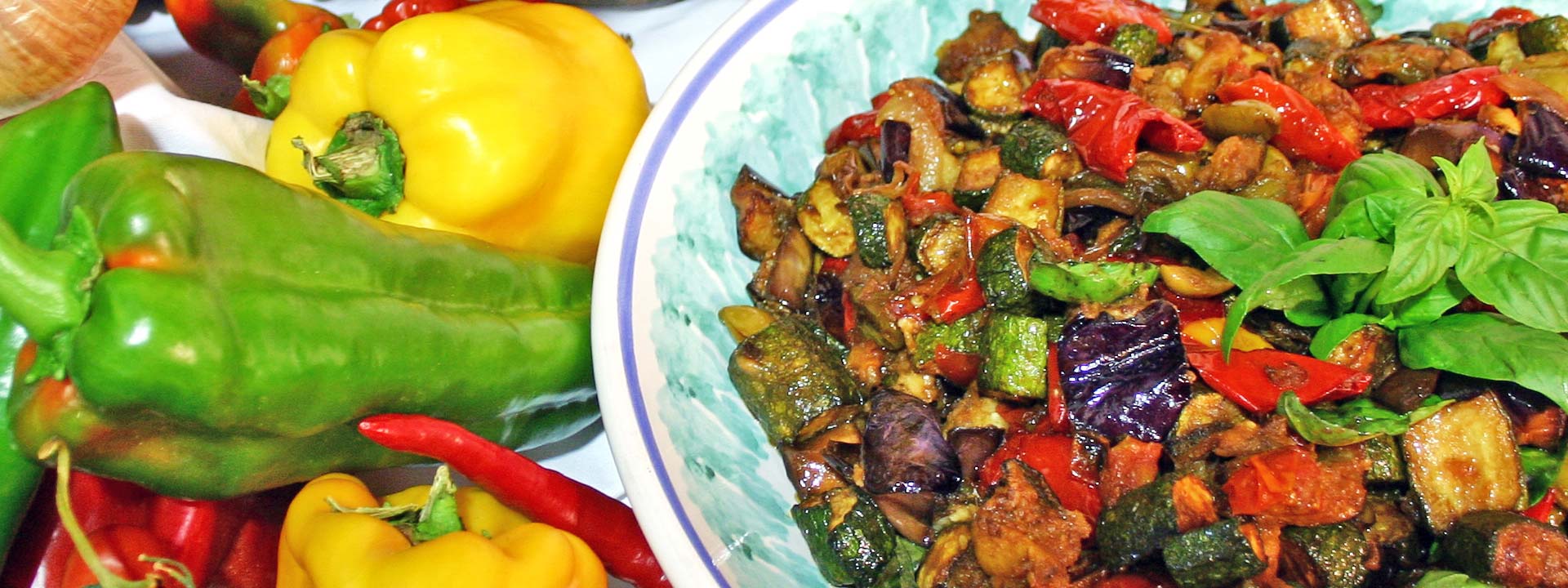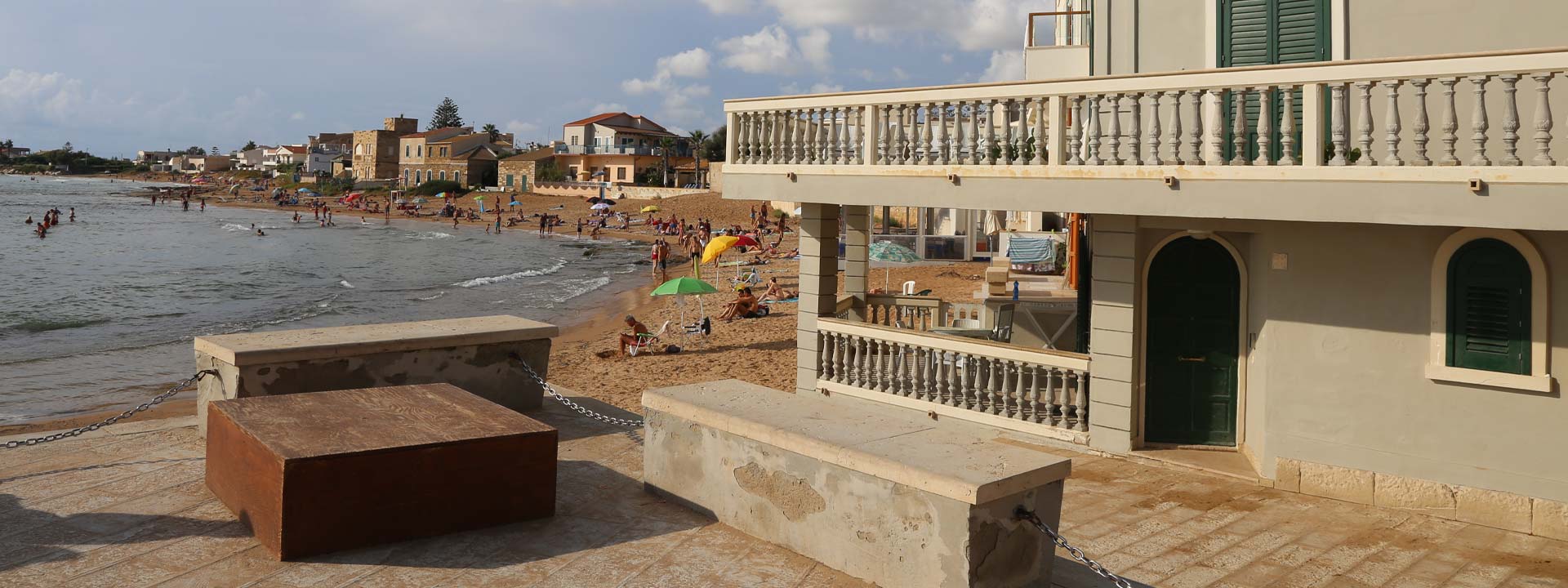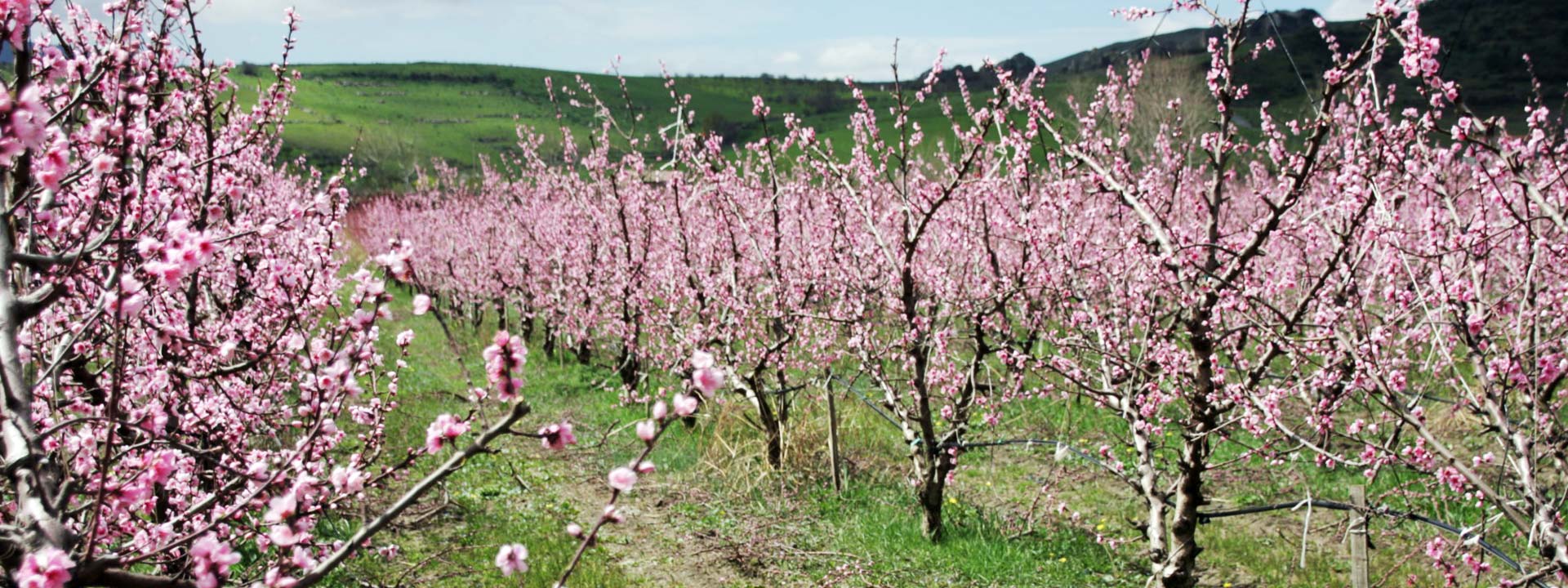Discover Sicily – Travel Tips & Must-See Destinations
Welcome to Discover Sicily, your ultimate guide to exploring this enchanting island. From Sicilian culture to breathtaking landscapes, we bring you travel tips, must-see destinations, and hidden gems.
Whether you’re discovering the charm of Sicilian cuisine, ancient ruins, or picturesque coastlines, this section is your go-to resource. Let’s uncover the beauty and traditions of Sicily together!




















